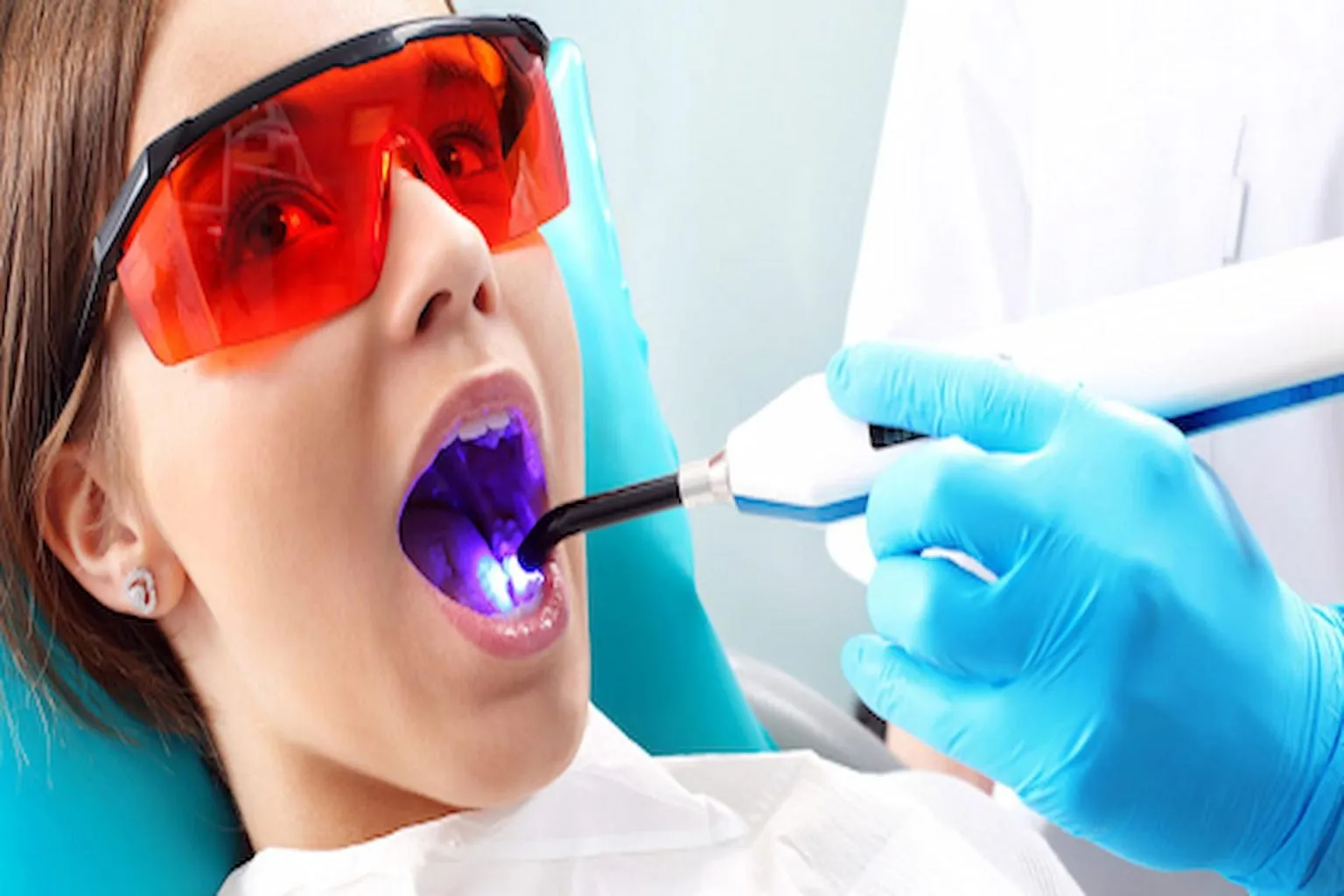Achieving a brighter, whiter smile is a common goal, and whitening strips have become a popular and convenient method to achieve this. These strips offer an accessible way to enhance your smile from the comfort of your home. However, understanding how long you should wear these strips is crucial for achieving optimal results while minimizing potential risks. This comprehensive guide will delve into the intricacies of whitening strip usage, providing you with all the information you need to safely and effectively brighten your teeth.
Understanding Whitening Strips
Whitening strips are thin, flexible strips coated with a bleaching agent, typically hydrogen peroxide or carbamide peroxide. They are designed to adhere to the surface of your teeth, delivering the bleaching agent directly to the enamel. The active ingredients penetrate the enamel, breaking down the stain molecules that cause discoloration. This process effectively lightens the teeth, revealing a brighter, whiter smile. The convenience and ease of use of whitening strips make them a popular choice for those seeking a quick and affordable teeth-whitening solution.
How Whitening Strips Work
The primary mechanism behind whitening strips involves a chemical reaction between the bleaching agent and the stain molecules embedded within the enamel. The peroxide-based solution oxidizes these stain molecules, effectively breaking them down and making them less visible. The process does not remove the enamel itself but rather alters the appearance of the stains that have accumulated over time. The effectiveness of the strips can vary depending on the concentration of the bleaching agent, the duration of application, and the severity of the stains.
The Active Ingredients
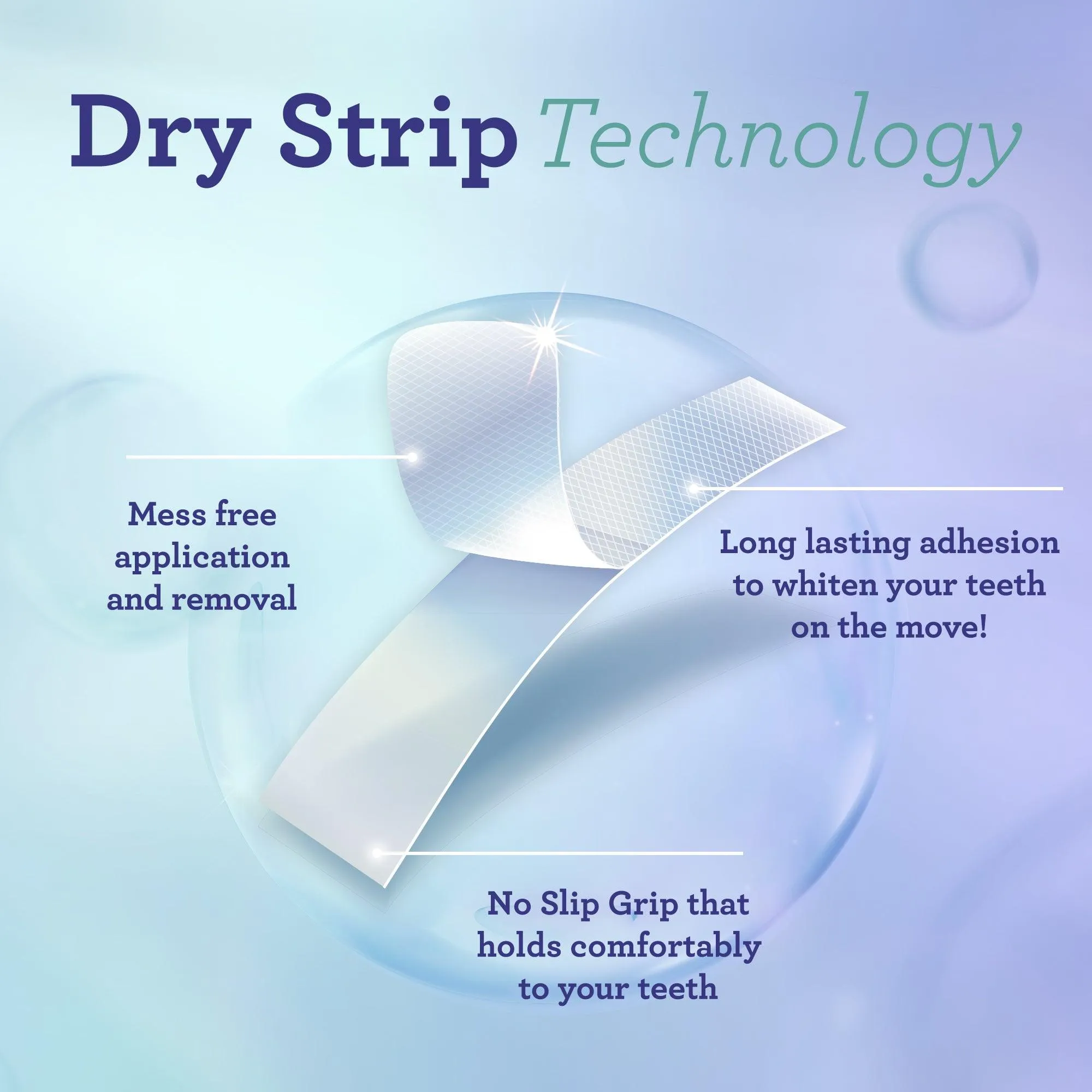
The primary active ingredients in whitening strips are typically hydrogen peroxide or carbamide peroxide. Hydrogen peroxide is a strong oxidizing agent that directly bleaches the teeth. Carbamide peroxide breaks down into hydrogen peroxide, providing a slower, more sustained release of the bleaching agent. The concentration of these ingredients varies among different products, with higher concentrations often leading to faster results but potentially increasing the risk of sensitivity. Always check the product’s instructions to understand the concentration and usage guidelines.
The Purpose of Whitening Strips
Whitening strips are primarily designed to address extrinsic stains, which are stains on the surface of the teeth. These stains are often caused by consuming staining foods and beverages like coffee, tea, red wine, and berries. They can also help to address mild intrinsic stains, which are stains within the tooth structure, though their effectiveness is generally lower for these types of stains. Whitening strips provide an accessible and convenient solution for enhancing the aesthetic appearance of your smile, boosting confidence and self-esteem.
Factors Affecting Whitening Strip Duration
Several factors influence how long you should wear whitening strips to achieve the desired results. These factors include the type of stain, the severity of the stain, the concentration of the active ingredients in the strips, and your individual sensitivity levels. Understanding these factors will help you make informed decisions about the best usage plan for your teeth.
Teeth Sensitivity
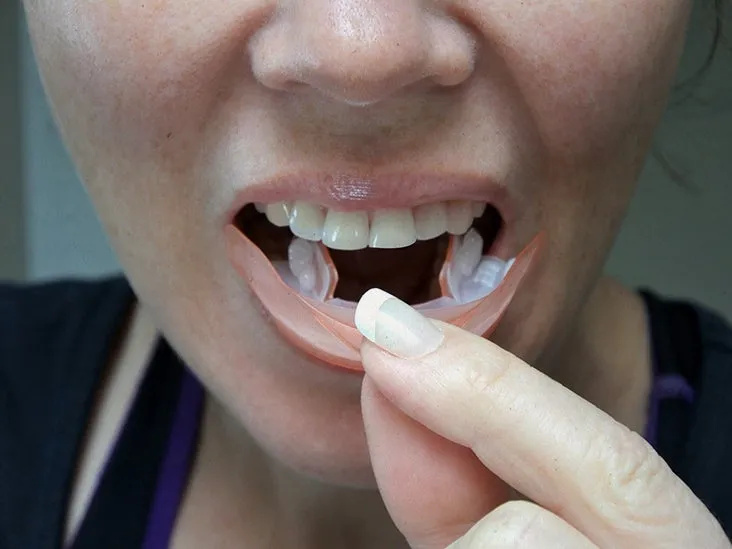
Tooth sensitivity is a common side effect of using whitening strips. The bleaching agents can penetrate the enamel and irritate the nerves within the teeth, leading to temporary sensitivity to cold or hot temperatures. If you experience sensitivity, it is essential to adjust the duration of use, switch to a less potent product, or consult with a dentist. Using toothpaste designed for sensitive teeth can also help to alleviate this discomfort. See the image above for reference.
Stain Severity
The severity of the stains on your teeth directly impacts the duration required for whitening. Lighter stains may require shorter application times and fewer treatments to achieve the desired results. More severe stains, often caused by years of exposure to staining substances, may necessitate longer application times or multiple treatment cycles. Be realistic about your expectations and understand that it may take several applications to reach your desired shade of white.
Strip Strength
The strength or concentration of the bleaching agent in the whitening strips affects the duration of use. Higher concentrations, such as those found in professional whitening treatments, often require shorter application times but can also increase the risk of sensitivity. Over-the-counter strips typically have lower concentrations and may require longer application times and more frequent treatments. Always adhere to the product’s instructions regarding application time and frequency to avoid potential adverse effects.
Following Product Instructions
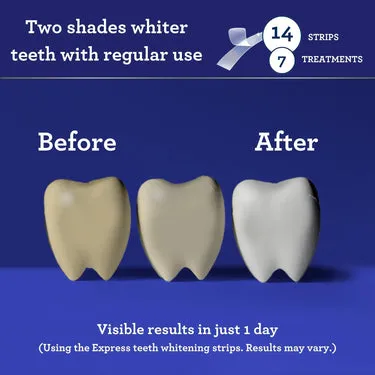
The most critical factor in determining how long to wear whitening strips is to follow the specific instructions provided by the manufacturer. These instructions are based on the product’s formulation and the concentration of the active ingredients. Deviating from the instructions can lead to ineffective results, increased sensitivity, or other complications. Always read and understand the instructions before using the product.
General Guidelines for Whitening Strip Usage
While product instructions vary, some general guidelines apply to most whitening strips. These guidelines help to ensure effective results while minimizing the risk of potential side effects. Following these recommendations can greatly improve your experience and contribute to a brighter smile.
Typical Duration
The typical duration for wearing whitening strips ranges from 30 minutes to an hour, depending on the product and the concentration of the active ingredients. Some products may recommend shorter durations, while others may advise longer applications. Always start with the shortest recommended time and assess your teeth’s response. If you experience no sensitivity and see no results, you may gradually increase the duration, but always stay within the manufacturer’s guidelines. Remember to be patient and consistent.
Frequency of Use
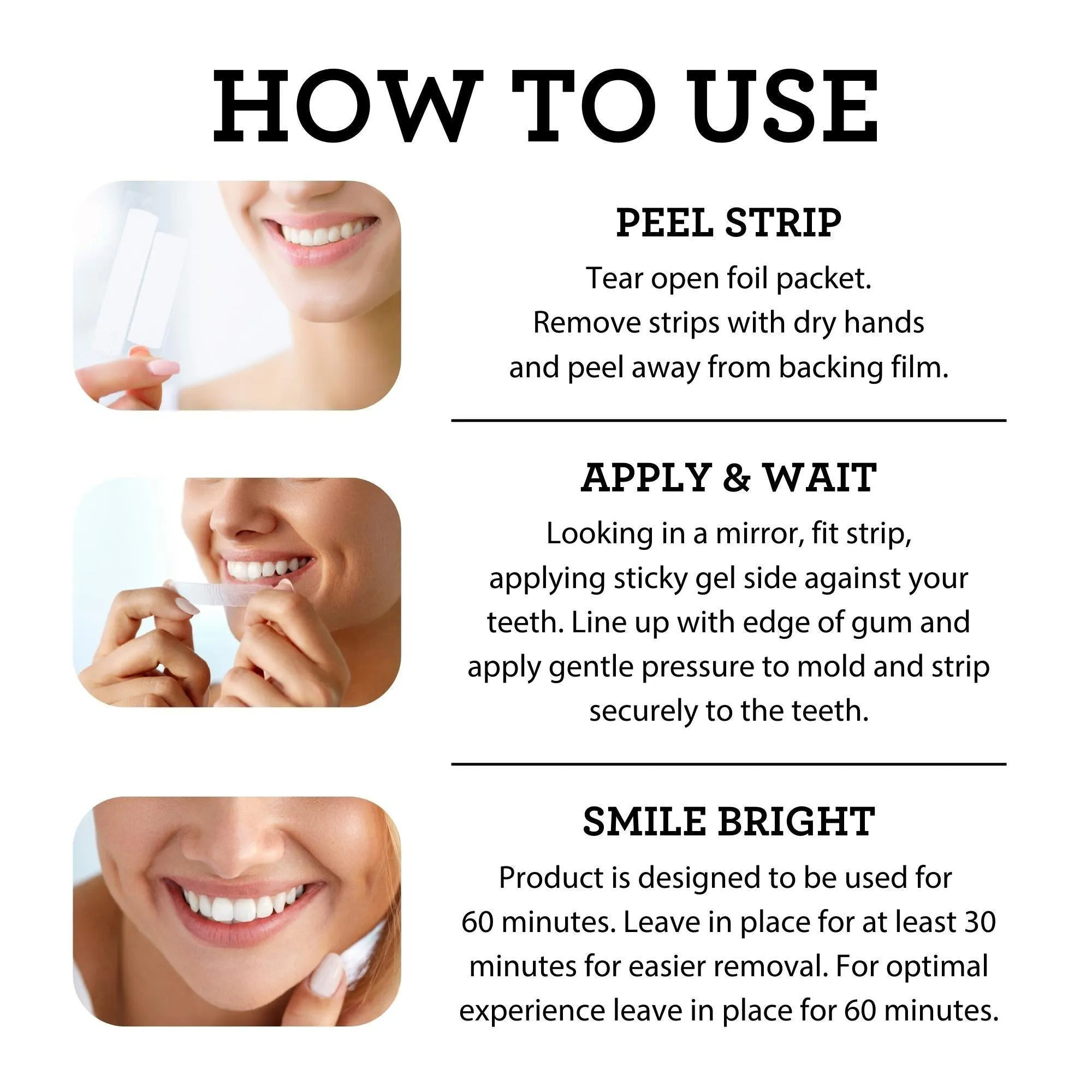
The frequency of use varies depending on the product and the desired outcome. Some whitening strips are designed for daily use for a certain period, while others are used less frequently. Follow the manufacturer’s recommendations to avoid overuse, which can lead to increased sensitivity. Typically, you may use whitening strips for a few weeks, followed by a break before beginning another treatment cycle. Avoid using whitening strips continuously for extended periods to minimize the risk of side effects.
Maximizing Results and Avoiding Issues
To achieve the best possible results from your whitening strips, it is essential to adhere to some best practices. Following these tips will help you to maximize the effectiveness of the strips while minimizing the risk of side effects.
Proper Application Technique
Proper application is crucial for achieving even whitening and preventing uneven results. Before applying the strips, brush your teeth gently, but avoid brushing immediately before application, as this can increase sensitivity. Apply the strips to the teeth according to the product instructions, ensuring they adhere properly to the surface. Avoid touching the gums with the strip, as this can cause irritation. Ensure the strips make complete contact with the teeth to ensure that the whitening agent is effectively applied. See the image above for reference.
Maintaining Oral Hygiene

Maintaining good oral hygiene is essential for maximizing the effectiveness of whitening strips and preserving your results. Brush your teeth twice a day with fluoride toothpaste, floss daily to remove plaque and food particles, and rinse with an antiseptic mouthwash. Regular dental checkups and cleanings are also essential for maintaining optimal oral health. Avoiding staining foods and drinks, such as coffee and red wine, can help extend the life of your whitened smile. See the image above for reference.
Potential Side Effects and How to Manage Them
While generally safe when used as directed, whitening strips can cause some side effects. Being aware of these potential issues and knowing how to manage them is essential for a comfortable and effective whitening experience.
Sensitivity Management
Tooth sensitivity is the most common side effect of using whitening strips. If you experience sensitivity, reduce the application time, skip a day or two of treatment, or switch to a product with a lower concentration of the bleaching agent. Use toothpaste designed for sensitive teeth, which contains ingredients like potassium nitrate that can help block the transmission of pain signals to the nerves. Avoid excessively hot or cold foods and drinks during the treatment period.
Gum Irritation
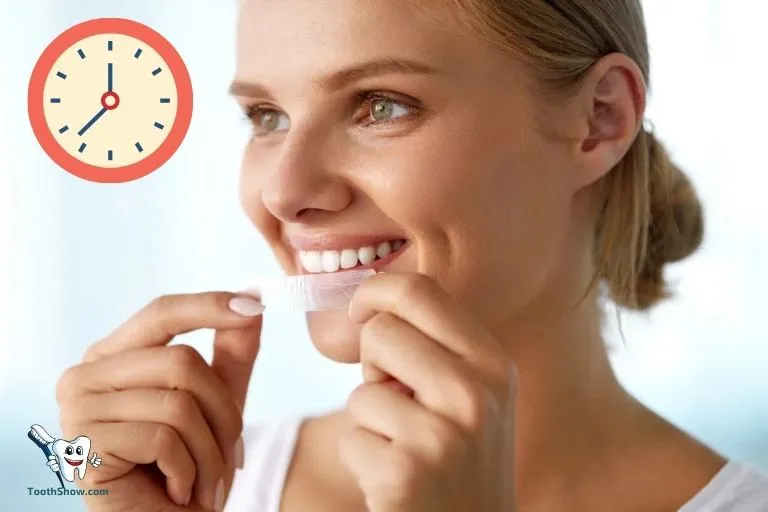
Gum irritation is another potential side effect, often caused by the bleaching agent coming into contact with the gums. Avoid this by carefully applying the strips, ensuring they do not touch the gums. If irritation occurs, discontinue use immediately and consult a dentist if the irritation persists. Using a cotton swab to gently apply a thin layer of petroleum jelly to your gums before applying the strips can help create a protective barrier. Always ensure the strips are properly placed and are not overlapping on your gums.
Alternatives to Whitening Strips
While whitening strips are a convenient option, other alternatives are available, providing various choices to suit your needs and preferences. These alternative methods range from professional treatments to other over-the-counter options.
Professional Whitening Treatments
Professional teeth whitening, performed by a dentist, offers the most effective and fastest results. These treatments typically involve a higher concentration of bleaching agents and can provide dramatic whitening in a single session. Dentists can also monitor your teeth and gums during the process, minimizing potential side effects. Professional whitening is a good option for those seeking dramatic results. See the image above for reference.
Over-the-Counter Options
Besides whitening strips, other over-the-counter options are available, including whitening toothpastes, gels, and mouthwashes. Whitening toothpastes contain mild abrasives or chemical agents that help remove surface stains. Whitening gels are applied using a tray and can be a more convenient option than strips. Whitening mouthwashes help to freshen breath and can provide additional whitening effects. These over-the-counter products generally offer a gentler approach to whitening and are suitable for maintaining results. See the image above for reference.
Conclusion
Whitening strips are a practical and effective method for brightening your smile. Understanding how long to wear them, the factors that affect their usage, and potential side effects is essential for achieving optimal results safely. Following the manufacturer’s instructions, being aware of your individual sensitivity, and maintaining good oral hygiene will help you obtain a whiter and brighter smile. Remember to consult your dentist if you have any concerns or experience persistent side effects. Enjoy your journey to a more confident and radiant smile!
